‘Welcome to the free territory of Trieste,’ reads the sign in the shop window. ‘US and UK come back!’ For me, this is the sort of thing that makes Trieste such a beguiling place. Sixty-four years since those British and American troops departed and handed this disputed seaport back to Italy, it still feels like a no-man’s-land, stranded between the Slav and Latin worlds.
Already a subscriber? Log in
Subscribe for just $2 a week
Try a month of The Spectator Australia absolutely free and without commitment. Not only that but – if you choose to continue – you’ll pay just $2 a week for your first year.
- Unlimited access to spectator.com.au and app
- The weekly edition on the Spectator Australia app
- Spectator podcasts and newsletters
- Full access to spectator.co.uk
Or
Unlock this article
You might disagree with half of it, but you’ll enjoy reading all of it. Try your first month for free, then just $2 a week for the remainder of your first year.

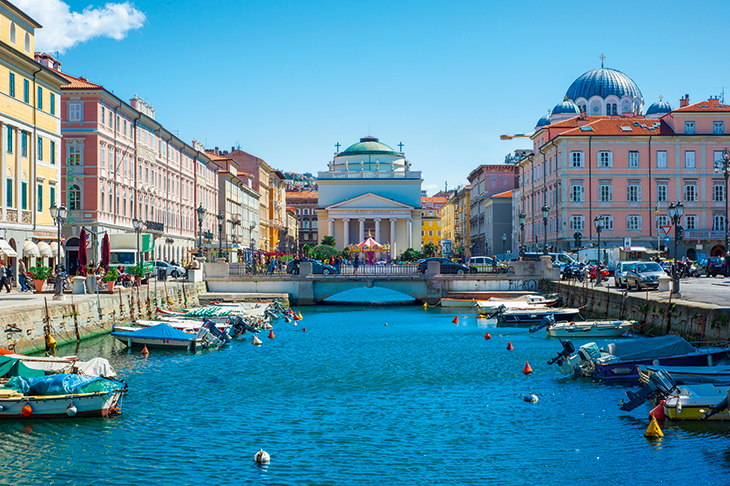
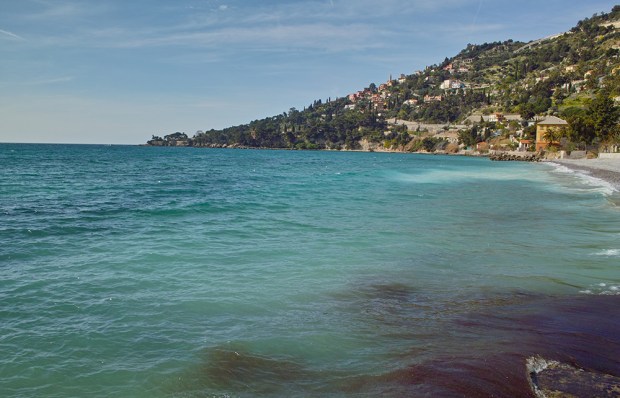
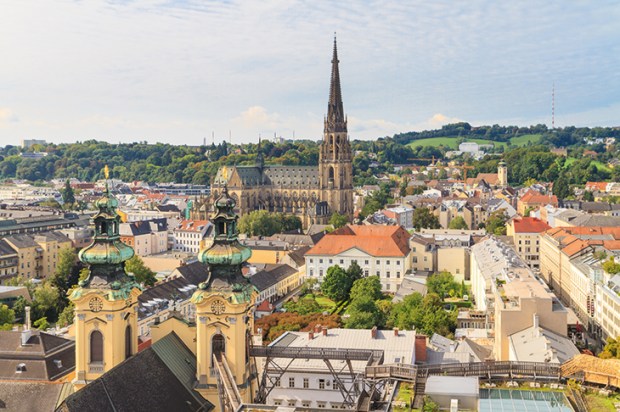
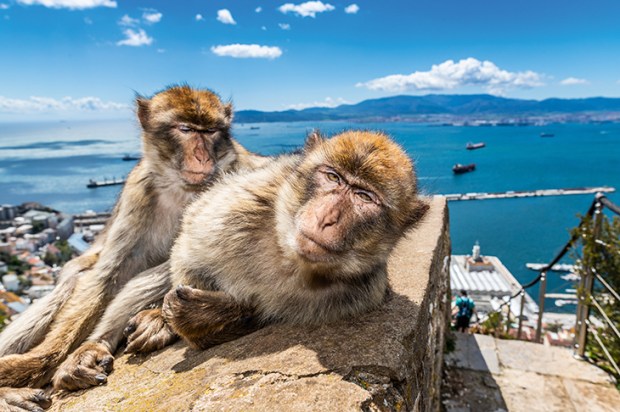
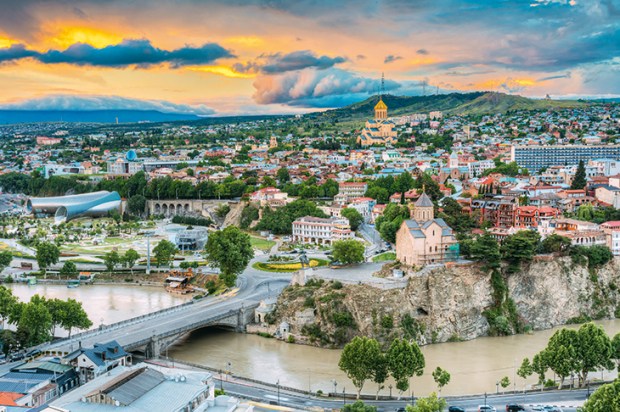








Comments
Don't miss out
Join the conversation with other Spectator Australia readers. Subscribe to leave a comment.
SUBSCRIBEAlready a subscriber? Log in